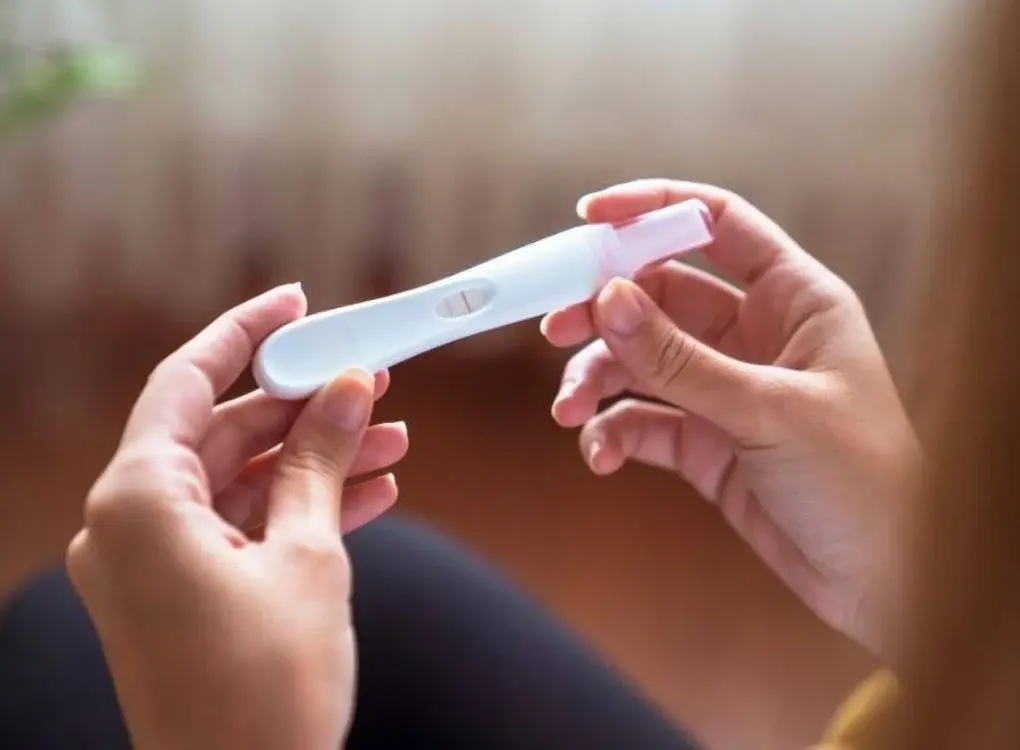A study has found increasing adolescent birth rates in the southeastern Urfa province, especially in areas inhabited by refugees, amid lack of adequate family planning services.
The study was conducted in Urfa, Antep and Kilis, provinces with higher fertility rates and refugee population, as part of the Project for Monitoring State Family Planning Policies, supported by Daktilo1984 and Sivil Düşün.
Access to birth control at primary healthcare facilities has been severely limited in Turkey since 2020, and the study has found that the public struggles with access to essential reproductive health resources in these three provinces. Located on the Syrian border in Turkey’s southeast, these provinces also have higher refugee populations.
According to the Turkish Statistical Institute (TurkStat), Urfa has consistently recorded the highest fertility rates, with 2023 figures showing a birth rate of 3.27, slightly down from 3.59 in 2022 and 3.81 in 2021. In 2023, Şırnak (2.72), Mardin (2.40), and Antep (2.10) also reported high fertility rates.
Adolescent birth rates
The research revealed increasing adolescent birth rates in Urfa. In districts with high refugee populations like Harran, Ceylanpınar, and Akçakale, 15% of pregnant women are aged 15. In predominantly local districts such as Halfeti, Viranşehir, and Suruç, this rate stands at 6%. Furthermore, these adolescent births often go unreported, and no punitive measures are taken against the families.
Interviews with family doctors in districts such as Akçakale, Suruç, Ceylanpınar, Siverek, Halfeti, and Birecik indicate that the supply of birth control methods to primary healthcare institutions resumed only six months ago after a significant hiatus. Migrant Health Centers have also started receiving supplies after a two-year gap.
In Antep, the fertility rate stands at 2.10, with an average crude birth rate of 16.3 per thousand in 2023. The city has a significant Syrian refugee population with an average fertility rate of 5.3. Field research in districts such as Şehitkâmil, Şahinbey, and Nizip reveals that birth control supplies have been provided since March. Adolescent pregnancy rates are 6% in Şahinbey and Nizip, and 2% in Şehitkâmil.
In Kilis, with a fertility rate of 1.80, the Syrian refugee population has a fertility rate exceeding 5.3. However, the closure of the Mother and Child Health Center has led to a lack of data on family planning services. (EMK/VK)






